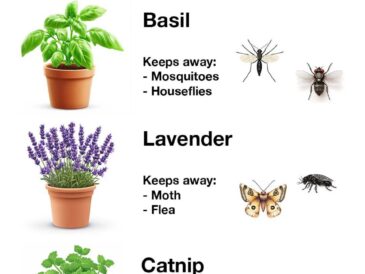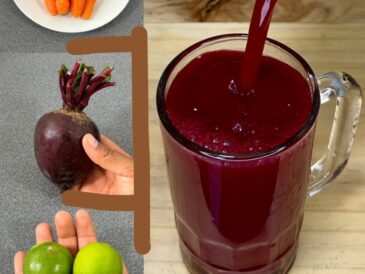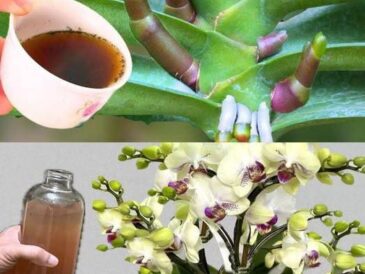Dates have long been cherished for their sweet flavor, rich history, and health-promoting properties. For thousands of years, civilizations across the Middle East, North Africa, and parts of Asia have cultivated and consumed dates not only as a staple food but also as a symbol of prosperity and vitality. The fleshy fruit is often celebrated for its natural sugars, fiber, potassium, and various vitamins.
But what about the date seed?
Often discarded without a second thought, date seeds, also called date pits or kernels, are beginning to garner attention for their incredible health, nutritional, cosmetic, and industrial potential. Despite being hidden at the center of the fruit, these little-known powerhouses are rich in compounds that can revolutionize how we think about nutrition, skincare, and sustainability.
Let’s dive deep into the surprising power of date seeds, explore their nutritional value, potential applications, and why they might be one of the most underrated superfoods of our time.
1. What Are Date Seeds?
Date seeds are the small, hard kernels found at the center of each date fruit. Typically, they make up about 10–15% of the date’s total weight. These oblong, brown seeds are often considered waste and discarded or used as livestock feed.
But recent studies and traditional knowledge from cultures across the Middle East have revealed that date seeds are much more than agricultural byproducts.
They are:
- High in dietary fiber
- Rich in natural antioxidants
- Contain healthy oils and essential fatty acids
- Packed with trace minerals and polyphenolic compounds
These characteristics make date seeds a valuable resource for nutritional supplementation, pharmaceutical applications, cosmetic uses, and even eco-friendly industrial purposes.
2. Nutritional Profile of Date Seeds
Though often overlooked, the nutritional profile of date seeds is extremely impressive. Here’s what these kernels contain:
Macronutrients:
- Protein: Date seeds contain approximately 5–7% protein, making them a decent plant-based source of amino acids.
- Dietary Fiber: Around 30–35% of the date seed’s composition is dietary fiber. This high fiber content promotes digestive health, satiety, and blood sugar stability.
- Fats/Oils: Date seed oil comprises 7–10% of the seed. The oil is rich in:
- Oleic acid (monounsaturated fat beneficial for heart health)
- Lauric acid
- Myristic acid
- Palmitic acid
- Carbohydrates: Mostly insoluble fiber and complex carbohydrates.
Micronutrients and Phytochemicals:
- Potassium
- Magnesium
- Calcium
- Zinc
- Copper
- Iron
- Phosphorus
- Polyphenols (antioxidants)
- Flavonoids
- Saponins
- Tannins
These compounds are known for their anti-inflammatory, antioxidant, antimicrobial, and antidiabetic effects.
3. Health Benefits of Date Seeds
A. Powerful Antioxidant Support
Date seeds are loaded with polyphenolic antioxidants that help neutralize free radicals—unstable molecules that contribute to cellular damage, aging, and disease. Regular consumption of antioxidants can reduce the risk of:
- Cardiovascular disease
- Certain cancers
- Alzheimer’s disease
- Chronic inflammation
The high antioxidant capacity of date seeds makes them comparable to other superfoods like green tea, pomegranate, and turmeric.
B. Antimicrobial & Antiviral Activity
Studies have shown that extracts from date seeds possess significant antimicrobial properties. The phenolic compounds can inhibit the growth of harmful bacteria such as:
- E. coli
- Staphylococcus aureus
- Salmonella
This makes them an ideal natural food preservative and an ally in maintaining gut health.
Click page 2 for more




